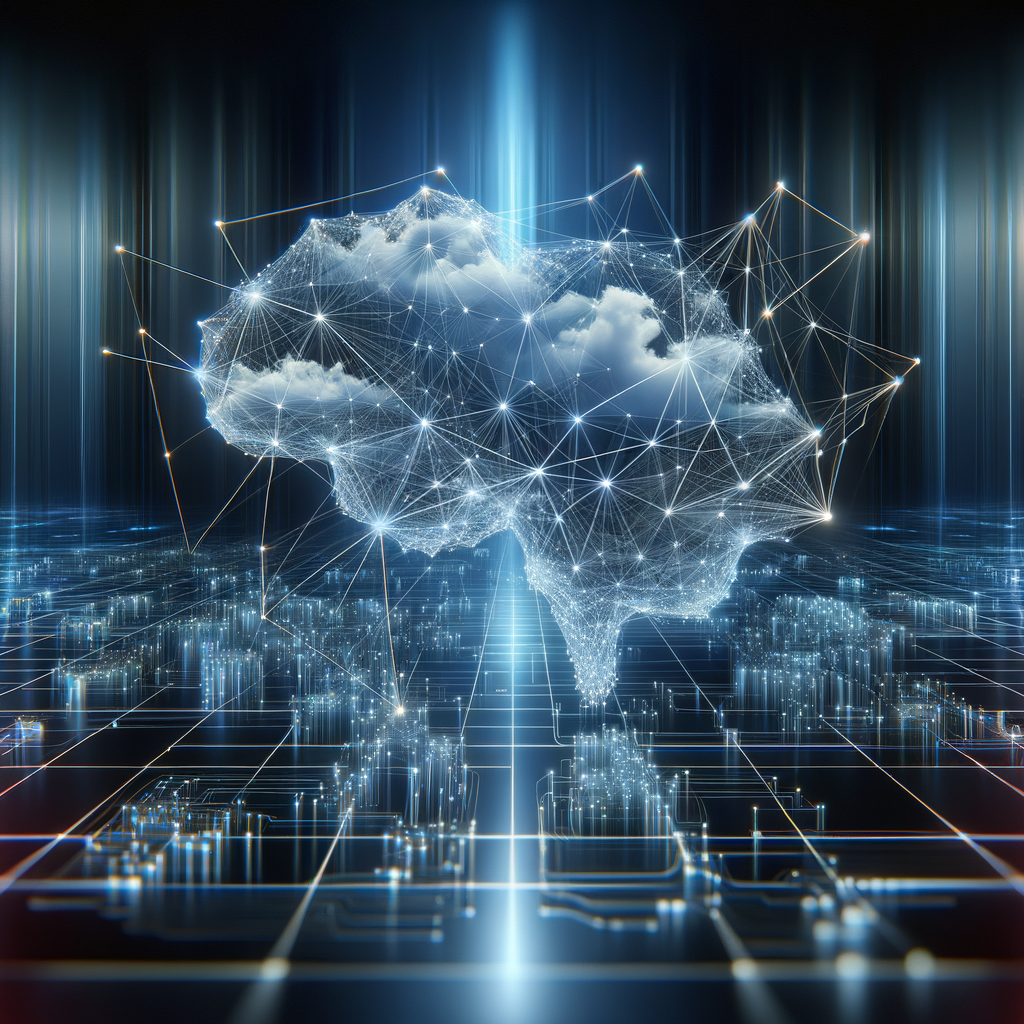
Crafting the Future of Machine Learning: Advanced Techniques in Model Optimization
In this blog post, we explore the cutting-edge techniques in model optimization that are driving the next wave of machine learning advancements. From hyperparameter tuning to neural architecture search, discover how these methods are shaping the capabilities of AI systems. We delve into practical applications and case studies that showcase real-world impacts, and provide insights into future trends that will redefine model efficiency and performance.
Crafting the Future of Machine Learning: Advanced Techniques in Model Optimization
Machine learning has experienced explosive growth over the past decade, evolving from a niche interest into a cornerstone of modern technological and scientific endeavors. One of the integral elements facilitating this growth is model optimization—a method used to enhance the efficiency and effectiveness of machine learning models. In this blog, we’ll explore advanced techniques in model optimization that are shaping the capabilities of today's AI systems and outline their implications for the future.
The Foundation of Model Optimization
At its core, model optimization involves refining models to improve their performance on specific tasks or datasets. This can mean increasing their accuracy, reducing their computational cost, or enhancing their generalization abilities. Traditional techniques such as grid search and random search have paved the way, but the complexity and scale of modern machine learning problems require more sophisticated methods.
Hyperparameter Tuning: The Gateway to Precision
Hyperparameter tuning is one of the most direct forms of model optimization, involving adjusting the parameters that govern the training of a model. These parameters are crucial because they can significantly influence a model's performance. The use of automated methods like Bayesian optimization, Tree-structured Parzen Estimators (TPE), and Gaussian processes has improved the efficiency and outcomes of hyperparameter tuning, reducing the time and resources required to find optimal settings.
Neural Architecture Search (NAS)
Neural Architecture Search is at the forefront of automating the design of artificial neural networks. Unlike traditional approaches that rely on human intuition and trial-and-error, NAS leverages algorithms to discover architectures tailored to specific tasks. This has led to breakthroughs in fields such as image and speech recognition, where bespoke architectures can significantly outperform human-designed models.
Pruning and Quantization: Streamlining Model Efficiency
Pruning involves removing parts of a neural network that contribute little to its overall output, effectively simplifying the model without sacrificing accuracy. Quantization, on the other hand, reduces the precision of the numbers used in a model. Both techniques help in reducing the size and computational requirements of models, making them more suitable for deployment in resource-constrained environments like smartphones and IoT devices.
Practical Applications and Case Studies
Several industries have leveraged advanced model optimization techniques to enhance their services and products. In healthcare, optimized ML models have improved the accuracy of medical diagnoses and the personalization of treatment plans. In finance, these techniques are utilized to enhance risk models and fraud detection systems, improving the security and efficiency of transactions.
Case Study: Optimizing Energy Consumption in Data Centers
Google has utilized deep learning and model optimization to reduce the energy consumption of its data centers. By employing reinforcement learning algorithms that continuously optimize cooling operations, they have managed to achieve a 40% reduction in cooling energy.
Future Trends in Model Optimization
Looking ahead, we anticipate continued advancements in the area of model optimization, driven by innovations in computational methods and hardware. Quantum computing, for instance, holds potential for solving optimization problems that are currently infeasible, offering new avenues for exploration.
The integration of model optimization techniques with edge computing is another promising trend, enabling smarter, more responsive devices that can operate efficiently without relying on constant cloud connectivity.
Conclusion
Model optimization is a pivotal force driving the evolution of machine learning technologies. As we continue to refine these techniques and discover new approaches, we can expect to unlock even greater potential in AI, paving the way for smarter, more capable systems that can tackle some of the world's most pressing challenges.